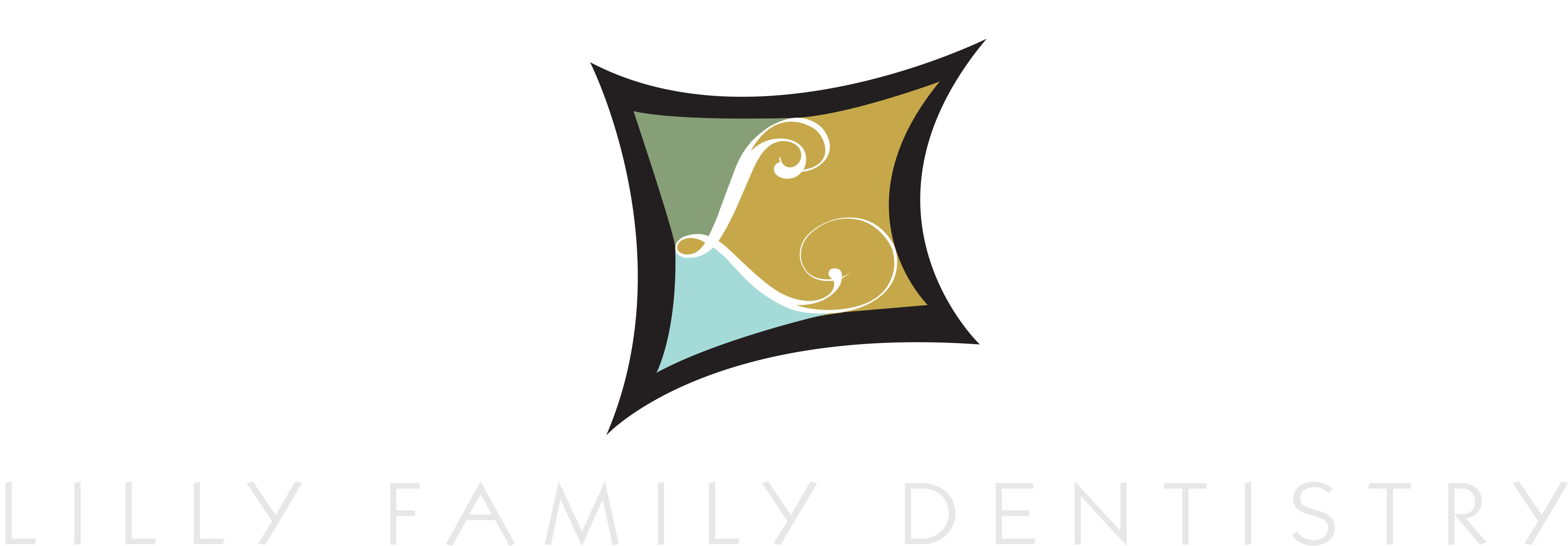
MOST OF US HAVE at least heard of laughing gas, the whimsically-nicknamed sedation method used by dentists, even if we haven’t had it ourselves. But what exactly is laughing gas, and why is it so closely associated with dentistry?
Nitrous Oxide From Discovery To Dentistry
Laughing gas is a colorless, odorless gas. It consists of two nitrogen atoms and one oxygen atom bonded together. The way it works is not entirely clear, but studies do indicate that it reduces a patient’s perception of pain and increases the release of dopamine.
In 1772, Joseph Priestly first isolated the compound nitrous oxide. It wasn’t until 1799 that Humphry Davy discovered the relaxing, euphoria-inducing effects that earned it the name laughing gas. Several decades later, in the 1860s in Germany, nitrous oxide found its place in dentistry, and we still use it today.
Is Laughing Gas Safe?
The nitrous oxide used in a medical setting is very safe, because exposure is carefully controlled. The masks dentists use to administer the gas first delivers pure oxygen, followed by a mixture of oxygen and nitrous oxide. The limited exposure produces temporary effects that reduce pain and help the patient relax during a procedure. In rare cases, it may cause side effects like headaches, shivering, sweating, nausea, or fatigue.
Recreational use of nitrous oxide, on the other hand, is no laughing matter because few to none of the factors that make it safe in a medical context are present. The gas is kept cold enough to cause frostbite to the mouth, nose, and throat if inhaled directly, and it is stored at such high pressure that it can damage the lungs. Outside of a medical professional’s hands, laughing gas can also cause asphyxiation because it isn’t properly mixed with oxygen.
Laughing Gas Versus Dental Anxiety
For patients who suffer from dental anxiety, laughing gas can be especially helpful. Foregoing dental treatment because of anxiety and fear will only give the problem time to become worse. Laughing gas is one option to help anxious patients relax and feel comfortable during a dental procedure, or even during a routine dental appointment.
Still Have Questions About Laughing Gas? Just Ask!
If you’d like to know more about the effects of laughing gas and its uses in dentistry, we are happy to answer your questions! Give us a call or schedule an appointment so that we can discuss this and any other dental health concerns you may have.
